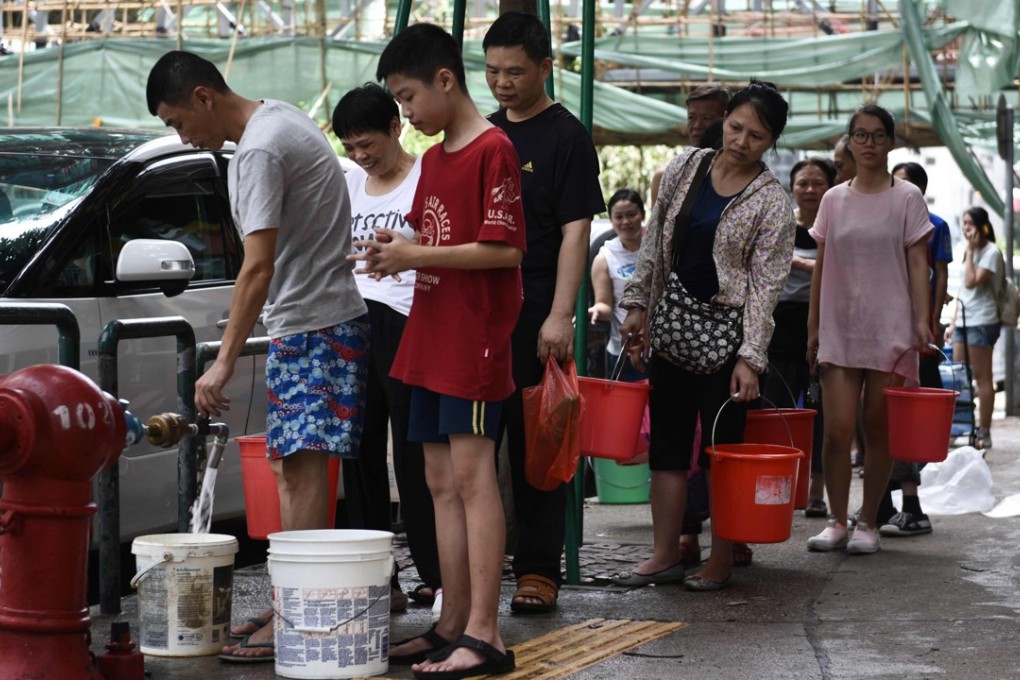Advertisement
Eight routes to better typhoon management in Macau, as Pakhar response reveals crisis lessons learnt from Hato
Sonny Lo calls for proactive action to protect Macau against the kind of devastation left by Typhoon Hato, from an independent power supply to reinforced emergency services and better urban planning
Reading Time:3 minutes
Why you can trust SCMP

Judging by the way the Macau government handled severe tropical storm Pakhar, it seems to have learnt quickly from its errors with Typhoon Hato.
Advertisement
The devastating impact of Hato on Macau was obvious and plunged the administration of Fernando Chui Sai-on into an unprecedented crisis. The deployment of the People’s Liberation Army to help clean up the garbage and debris left by Hato was necessary, to prevent further damage being inflicted by Pakhar, which followed close behind.
In 2012, when invited to train a group of upper-middle-level civil servants, my topic was crisis management. I asked for opinions on how Macau should cope with a crisis like the 2011 tsunami in Japan. The answers were disappointing, including the view that such a crisis was impossible, and that a higher-level emergency unit would tackle it. The only more proactive answer was that residents should be evacuated to higher ground and inner mainland areas. The lack of crisis consciousness was evident.
Typhoon Hato shows there is no room for complacency in disaster planning
Judging from the reactions of Macau’s Civil Protection Action Centre, which dealt with Pakhar, the city’s leadership has learnt a bitter lesson from its failure to take effective precautionary measures against Hato. The following are further lessons that can be learnt in the aftermath of Hato and Pakhar.
Firstly, Macau should develop its own electricity supply and be less dependent on Zhuhai. Without an independent power supply and sufficient reserves, any powerful typhoon could well leave life paralysed.
Macau avoids the worst of Pakhar
Second, a large wall to the west of Macau could be built to protect from flooding caused by any future typhoon. At the very least, such a protective wall would minimise the serious flooding that often takes place during typhoon season.
Advertisement

Advertisement